In Japan, Oiri is a delightful sweet that represents traditional confectionery. It has unique flavors and artistic presentation. This article explores Oiri’s origins, varieties, and cultural importance in Japan. This candy is a special sweet in Japan. It is prepared in a complex way. It is essential in celebrations and rituals. This introduction gives a taste of Oiri’s significance and deliciousness.
What is Oiri?
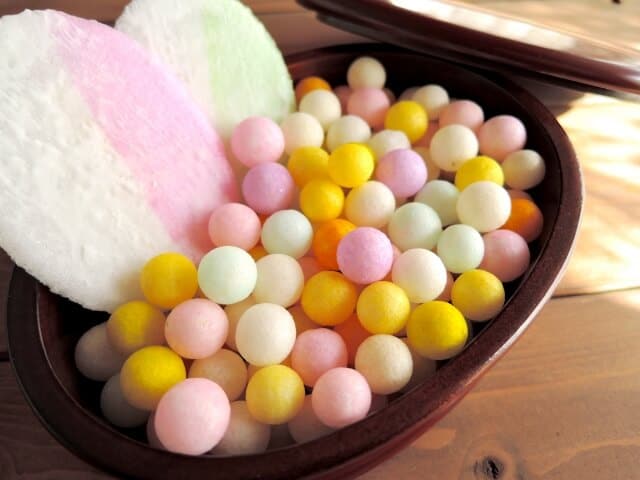
Oiri is a kind of sweet from the middle of Kagawa Prefecture to the east of Saijo City in Ehime Prefecture. They mainly sold it as a topping for sweets such as soft serve ice cream, a wedding gift, and a souvenir. These balls are made from sticky rice and are round and small, measuring about 1cm across. They come in different colors like pink, green, white, sky blue, purple, and orange. The outside has a thin shell-like texture; the inside is hollow and melts immediately when you put it in your mouth. It has a similar flavor to regular Hina Arare and is less sweet.
Oiri History
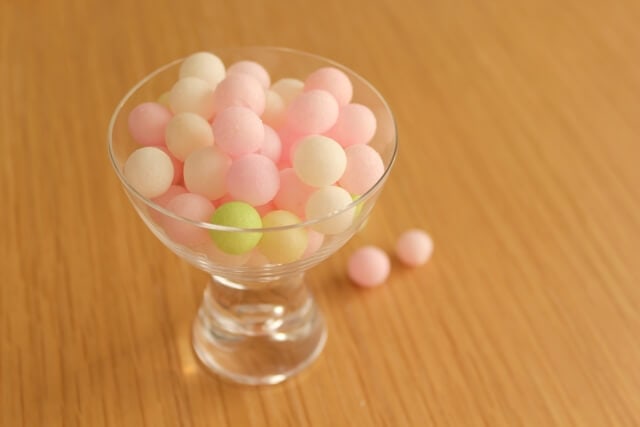
Oiri has a fascinating history that dates back over 400 years. In 1587, Prince Chikamasa of Ikoma became the lord of Marugame Castle in Sanuki Province. The people celebrated his rule, especially when the first lord of the Marugame domain marked a special occasion with a princess. The local farmers, wanting to offer something unique, presented arare, a type of rice cracker made by roasting mochi in five colors. Legend has it that the name “Oiri” combines “roast” and “yomeiri,” symbolizing a joyful occasion. This candy became popular at weddings in the Nishisanuki region and is now a traditional treat. Today, people still love to enjoy this sweet treat on happy occasions like weddings and birthdays. It is also popular during naming ceremonies. It is popular during doll festivals, housewarmings, and celebrations of long life.
Purposes of Oiri
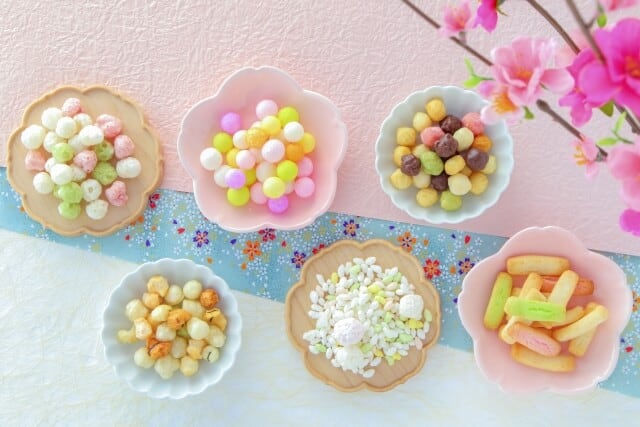
Oiri serves various purposes, making it a versatile treat. It’s commonly used as a topping for sweets like soft-serve ice cream, adding a delicious touch. In Kagawa Prefecture, Oiri takes on a special role as an accessory during wedding receptions. It’s not only given as a present to attendees but is also used as a friendly gesture, sometimes shared with neighbors of the bride’s home. During these occasions, you might also find oval-shaped sweets known as “koban-gashi,” which are essentially flattened and presented alongside. These sweets share the same color and taste, creating a delightful combination. In the eastern part of Saijo City in Ehime Prefecture, there’s a unique custom involving Oiri, also known as Oiri beans. These are often given as gifts, carefully packed in a plastic bag, and placed in a red and white gift box.
Calorie Count
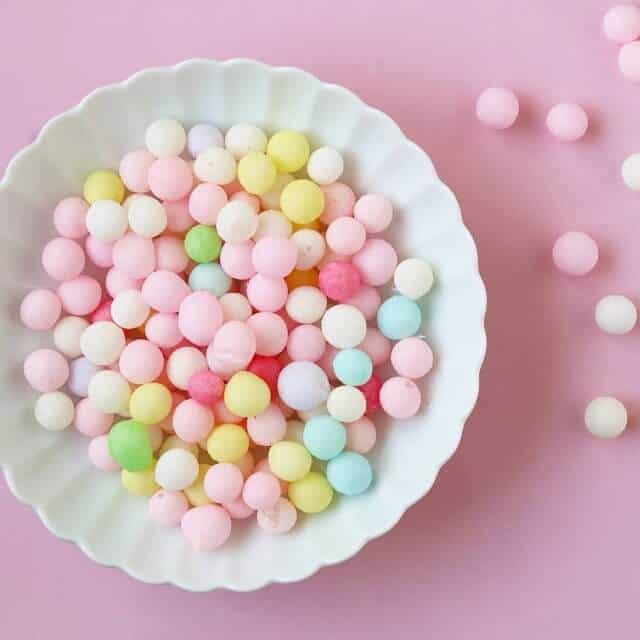
Curious about the calorie content of this treat? Well, you’ll find approximately 259 calories in every 100 grams. Knowing the number of calories can be useful if you want to watch what you eat. You can determine how much energy this tasty snack has so you can make smart choices based on your diet or health goals.
Is there a specific way to eat Oiri?

The consumption of Oiri sweets in Japan sometimes comes with strict rules, but there are common practices that people might follow. Oiri is often enjoyed as a standalone treat, allowing the unique flavors and delicate textures to be fully appreciated. However, some individuals may choose to pair Oiri with green tea, as the slightly bitter notes of the tea can complement the sweetness of the confection. Additionally, Oiri is sometimes used as a topping for other desserts, like soft-serve ice cream, adding a delightful crunch and flavor contrast.
Oiri FAQ
- What is the taste of Oiri?
-
When it comes to the taste of Oiri, it shares a similar flavor profile with Hina Arare, but it’s not as sweet. Picture this: the outer layer is crispy, like a thin shell, and inside, it’s hollow, giving it a melt-in-your-mouth quality. The texture is incredibly gentle, making each bite a delightful experience.
- Are Oiri sweets available year-round, or are they seasonal?
-
Oiri sweets are typically enjoyed year-round in Japan and are not strictly tied to specific seasons. While they may be appreciated at any time, there are instances where it takes on special significance during certain seasons or festivals.
Oiri Recipe
Oiri Ingredients
| Ingredients of Oiri for 3 persons | Measurements |
|---|---|
| Arare | 300g |
| Starch syrup | 150g |
| Sugar | 90g |
| Salt | 3g |
| Water | 30g |
How to make Oiri?
Put the candy ingredients in a pot and boil; the foam is small. When it sticks, scooped it up with a spatula. Then, pull the thread and
stir quickly.
Put some salad oil on the palm of your hand while it’s warm. While applying the candy mixture, it will harden to an appropriate size.
Where to buy Oiri?
Hogetsudo (寳月(ほうげつ)堂)
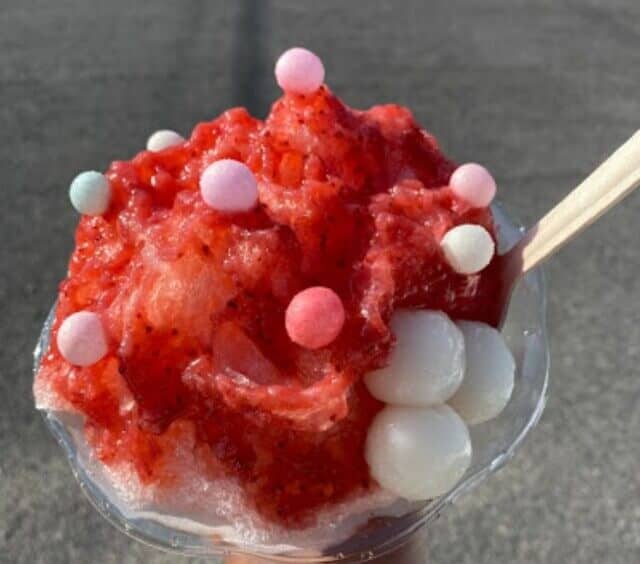
The Hogetsudou company building consists of three buildings from the Meiji period to the prewar period. This is a known online shop for buying Oiri; they have many combinations and will prepare them with special boxes.
Yamashita (山下おいり本舗)
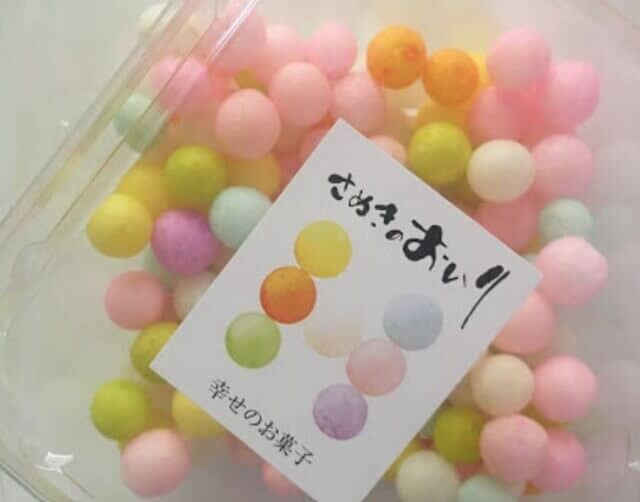
Founded in the late Edo period, Oirinomi has been manufacturing and selling sweets for generations since the Meiji era. They named it “Yamashita Oiri Honpo”, a specialty store that manufactures oiri. Furthermore, they added two colors to the original five colors, making it seven. They pay special attention to making white oori (no coloring), which also serves as a base for other colors.
Gonin Hyakusho Ike Shoten (五人百姓(売店)

A candy shop that has been around for about 800 years on the approach to Kotohira Shrine. The outside is crispy, like a thin shell, and the inside is hollow, so it melts in your mouth. It is similar to Hina Arare, but it is less sweet. Add it to ice cream or shaved ice to create a cute sweet.
Takeaway
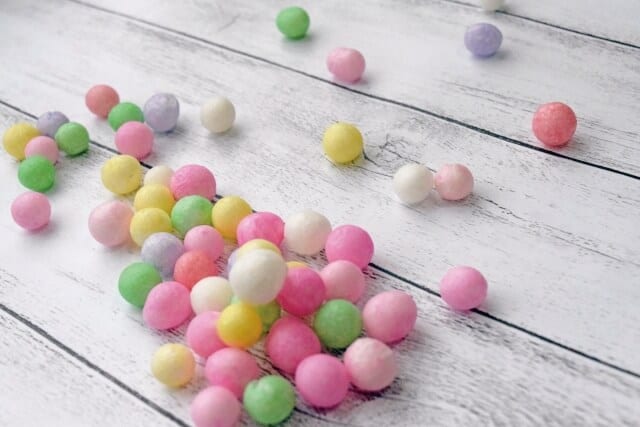
In wrapping up our sweet journey into Oiri in Japan, we’ve discovered more than a tasty treat. Oiri is like a bite-sized piece of Japanese history and celebration! From its beginnings over 400 years ago to being a part of weddings and special occasions, Oiri is not a snack – it’s a cultural delight. Through this article, we hope you’ve enjoyed learning about the crispy, hollow sweetness of Oiri and its significance. So, the next time you bite into one, remember the rich traditions it carries and the joy it has brought to celebrations in Japan for centuries. Sweeten your moments with a dash of cultural appreciation!
You can check some Japanese dishes like Konpeito and Hina-arare that we know you would like to try too.






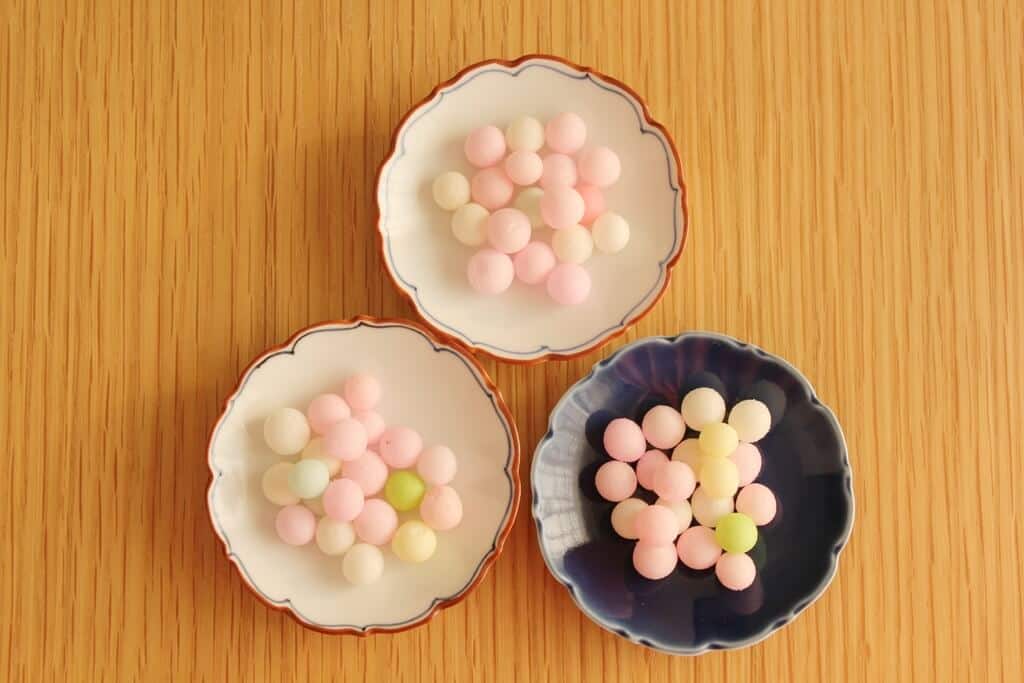
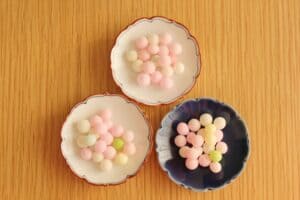
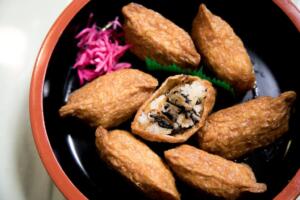
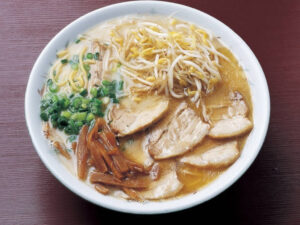

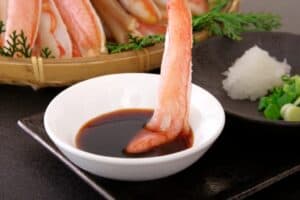
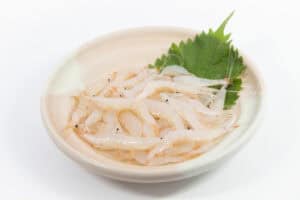
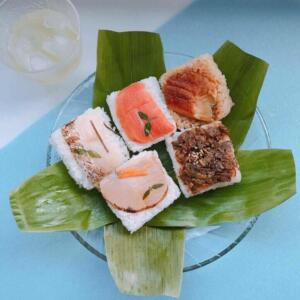
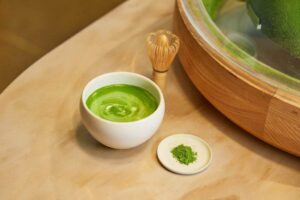
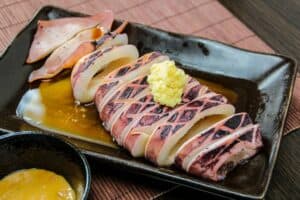
Comments